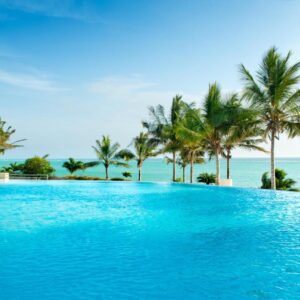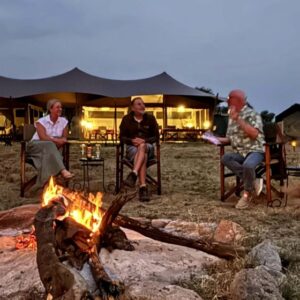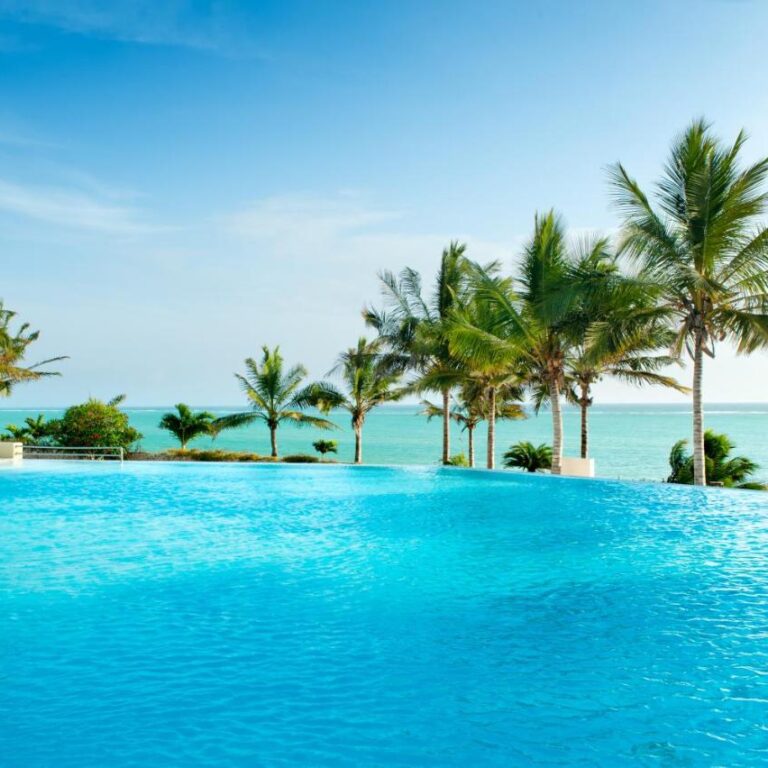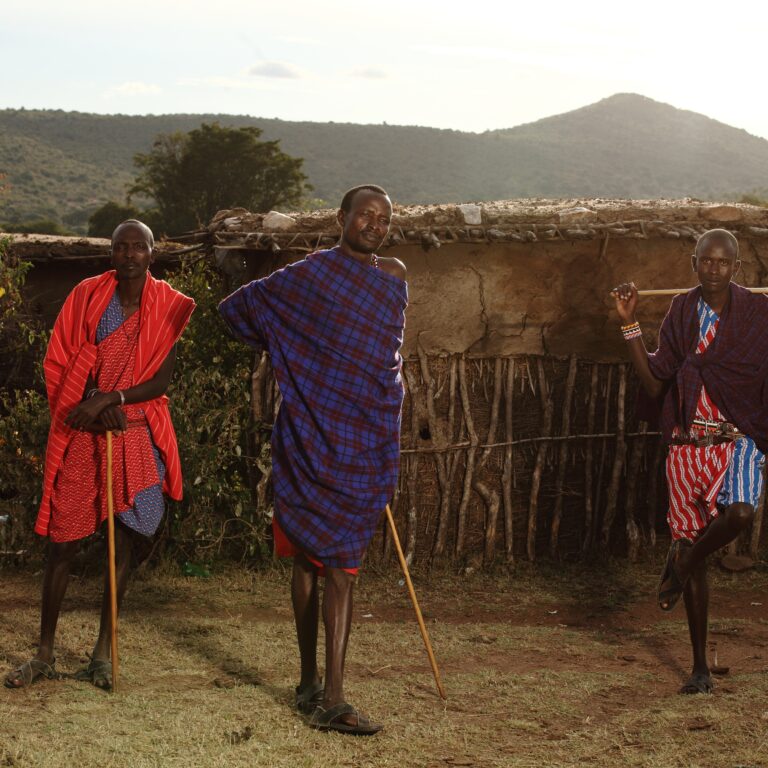Conquering Kilimanjaro: Essential Tips for Reaching the Roof of Africa.
Kilimanjaro, the snow-kissed behemoth explore Climbing and summiting Mt Kilimanjaro of Africa, whispers promises of adventure and the thrill of touching the continent’s highest point. But scaling this 19,341-foot behemoth demands more than just grit; it’s a dance with altitude, weather, and your own inner strength. Don’t let daunting stories dim your Kilimanjaro dreams! Armed with these 10 golden tips, you can turn those whispers into a triumphant reality:
1. Acclimatize Like a Champion:
- Choose a longer itinerary (6-9 days) with built-in rest days. “Pole Pole” (Swahili for slowly) is your mantra. Listen to your body, ascend gradually, and descend promptly if symptoms like headaches or nausea arise.
- Sleep is Your Summit Partner: Prioritize quality sleep to aid acclimatization. Invest in a comfortable sleeping bag and mat, and embrace the quiet nights as your body prepares for the climb.
2. Hydration is Your Lifeblood:
- Aim for at least 3 liters of water daily, even before feeling thirsty. Electrolyte supplements can be your hydration allies. Dehydration at altitude is dangerous; keep your engine well-oiled.
- Hydration is Your Lifeblood: Aim for at least 3 liters of water daily, even before feeling thirsty. Electrolyte supplements can be your hydration allies. Remember, dehydration at altitude is dangerous; keep your engine well-oiled.
3. Gear Up for Glory:
Don’t skimp on quality boots, layered clothing for diverse temperatures, a rainproof shell, a trusty headlamp, and sturdy trekking poles. Your gear is your silent guardian on the unpredictable slopes.
- Invest in Comfort and Safety: Don’t skimp on quality boots, layered clothing for diverse temperatures, a rainproof shell, a reliable headlamp, and sturdy trekking poles. Your gear is your silent guardian on the unpredictable slopes.
- Break in Your Boots Like Old Friends: Blisters can turn your dream into a nightmare. Wear your boots on hikes beforehand to ensure a comfortable fit that prevents painful surprises.
- Pack Light, Climb Comfortably: Avoid overpacking. Prioritize essentials and layerable clothing. Remember, every unnecessary ounce you carry adds to the physical exertion.
4. Train Smart, Climb Strong:
Engage in cardio exercises like running, swimming, or cycling to build endurance. Uphill hikes mimic the climb and condition your muscles. Don’t neglect leg and core strength training; a strong base makes carrying your backpack a breeze.
- Cardio is Your Climbing Ally: Engage in regular cardiovascular exercises like running, swimming, or cycling to build endurance for the challenging uphill stretches.
- Uphill Hikes Simulate the Journey: Train on hilly terrain to mimic the Kilimanjaro experience and condition your muscles for the climb.
- Strength Training Builds Your Foundation: Don’t neglect leg and core exercises. A strong base will make carrying your backpack and navigating difficult terrain much easier.
5. Pack Nutritious Powerhouses:
- Choose easily digestible snacks and meals rich in carbs, protein, and healthy fats. Avoid processed foods and excessive alcohol, which worsen altitude symptoms. Pack regular, small meals to keep your energy levels stable.
- Pack Nutritious Powerhouses: Choose easily digestible snacks and meals rich in carbs, protein, and healthy fats. Avoid processed foods and excessive alcohol, which can drain your energy at altitude.
- Listen to Your Hunger Cues: Don’t wait until you’re famished to eat. Pack regular, small meals and snacks to keep your energy levels stable throughout the climb.
- Positive Mindset is Your Secret Weapon: Visualize your goals, practice positive self-talk, and celebrate every milestone. Mental strength is crucial in overcoming fatigue and pushing towards the summit.
6. Find Your Inner Sherpa:
- Trust the guide’s expertise. They’re safety experts and route navigators. Heed their advice, let them guide you safely, and remember, they hold the map to your Kilimanjaro victory.
- Respect the Guide’s Expertise: They’re not just porters; they’re safety experts and route navigators. Trust their knowledge, heed their advice, and let them guide you safely through the changing conditions.
- Be Weather-Wise: Pack for all conditions, from scorching sun to freezing temperatures and sudden rain. Be flexible with your itinerary if adverse weather forces adjustments. Safety first, summit later!
- Leave No Trace, Honor the Mountain: Pack out all your trash, choose a tour operator committed to sustainable practices, and minimize your impact on the fragile ecosystem. Remember, you’re a guest on Kilimanjaro’s majestic slopes.
7. Respect the Mountain’s Moods: Climbing and summiting Mt Kilimanjaro
- Pack for all conditions, from scorching sun to freezing temperatures and sudden rain. Be flexible with your itinerary if adverse weather forces adjustments. Safety first, summit later!
- Test Your Resilience, Discover Your Strength: Kilimanjaro is a physical and mental challenge that pushes you beyond your comfort zone. Embrace the test, discover your inner grit, and celebrate your own resilience.
- Conquer Yourself, Then the Summit: Ultimately, Kilimanjaro is a journey of self-discovery. Focus on the experience.
8. Leave No Trace, Honor the Mountain:
Pack out all your trash, choose a sustainable tour operator, and minimize your impact on the fragile ecosystem. Remember, you’re a guest on Kilimanjaro’s majestic slopes.
9. Savor the Journey, Not Just the Summit: Don’t rush.
Take time to appreciate the breathtaking landscapes, diverse ecosystems, and unique wildlife encounters. The climb is as rewarding as the summit.
10. Embrace the Unexpected: Climbing and summiting Mt Kilimanjaro
Things rarely go exactly according to plan. Be prepared for detours, challenges, and unexpected moments of wonder. These can often become your most treasured memories.
11. Listen to Your Hunger Cues: Climbing and summiting Mt Kilimanjaro
Don’t wait until you’re famished to eat. Pack regular, small meals and snacks to keep your energy levels stable throughout the climb.
12. Embrace the Journey, Not Just the Summit:
- Savor the Scenery, Not Just the Finish Line: Don’t rush yourself. Take time to appreciate the breathtaking landscapes, diverse ecosystems, and unique wildlife encounters. The climb is as rewarding as the summit.
- Connect with Fellow Climbers: Share stories, support each other, and celebrate milestones together. Teamwork and camaraderie can make the climb a truly enriching experience.
- Embrace the Unexpected: Things rarely go exactly according to plan. Be prepared for detours, challenges, and unexpected moments of wonder. These can often become your most treasured memories.
Remember, Kilimanjaro is more than just a climb; it’s a test of resilience, a celebration of human spirit, and a connection to the raw beauty of Africa. Summit victory is sweet, but the real magic lies in the journey itself. So, pack your determination, prepare with wisdom, and step onto Kilimanjaro with an open heart and a thirst for adventure. These tips are not just a checklist, but a whisper of respect for the mountain’s magic. The “Roof of Africa” awaits, ready to reveal its secrets to those who climb with responsibility, resilience, and the unwavering spirit of a true adventurer.
Conquer Kilimanjaro, conquer yourself, and leave your footprints not on the slopes, but on the tapestry of your memories.








